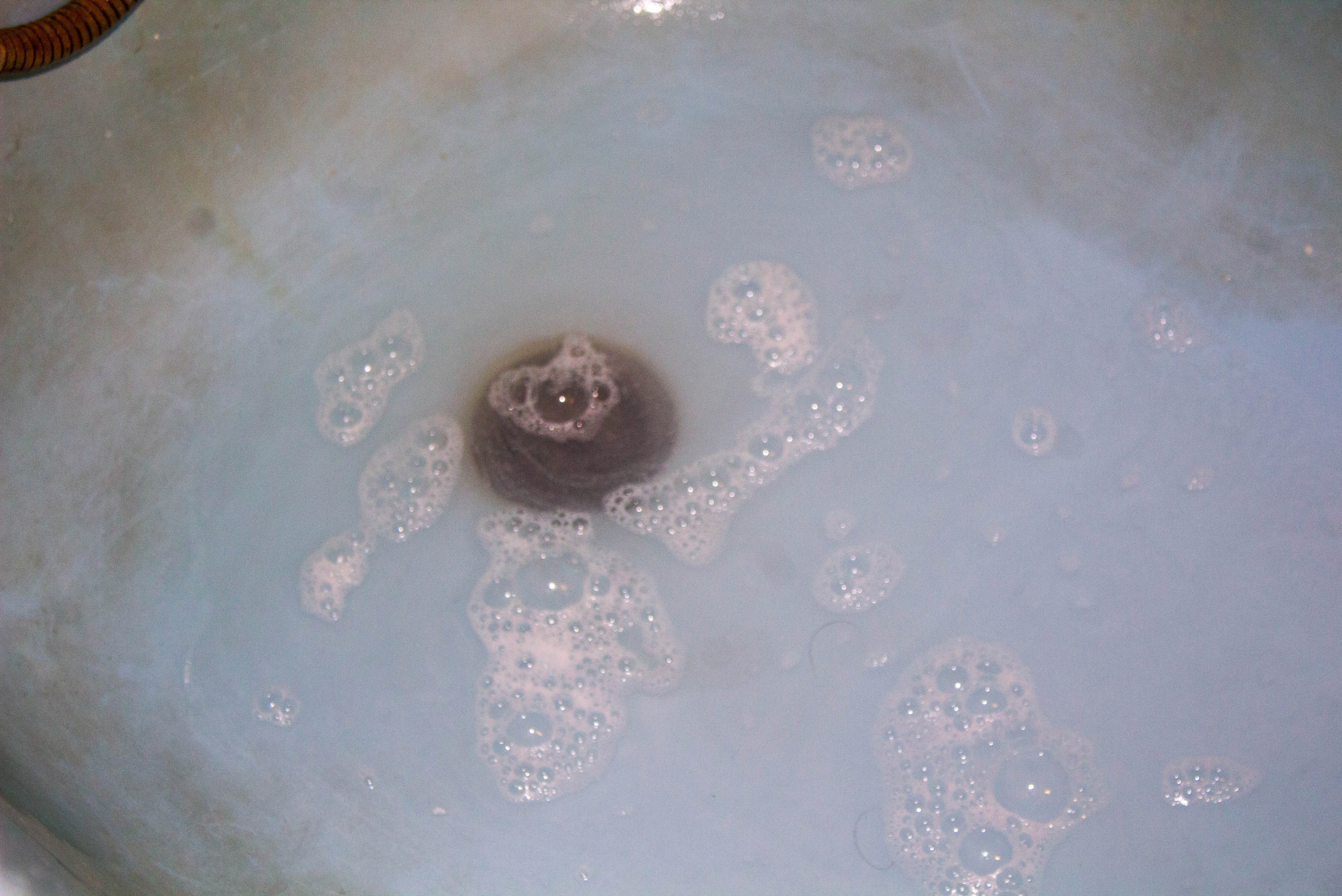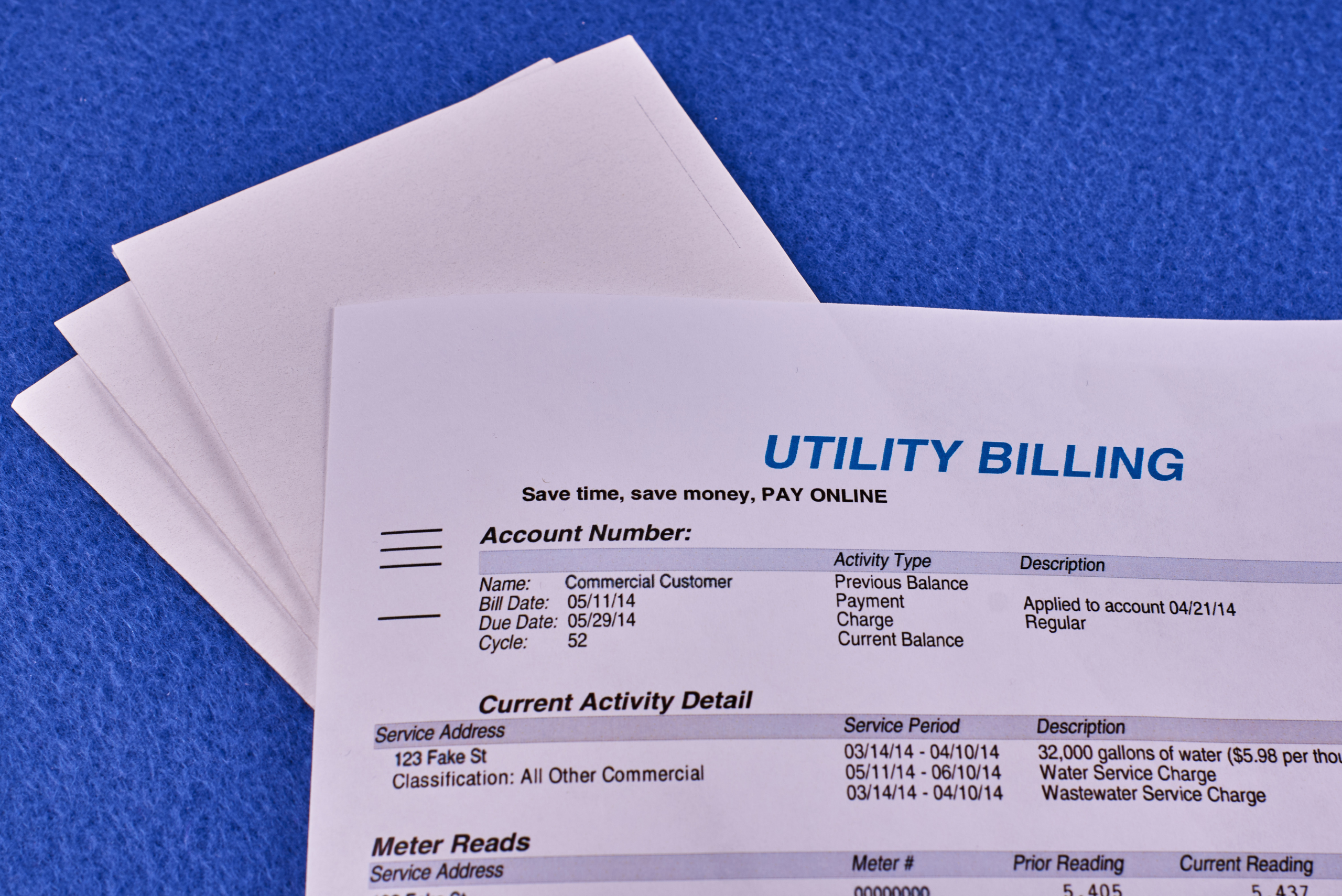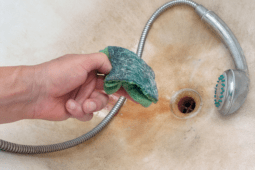7 Subtle Indicators of a Major Plumbing Problem in Your Home
Is your house trying to tell you something? When it comes to plumbing issues, the warning signs aren’t always as obvious as a burst pipe or overflowing toilet. In fact, some of the most serious plumbing problems can lurk silently behind your walls or beneath your floors, causing damage long before you realize there’s an issue. But fear not, savvy homeowners! By keeping an eye out for these seven subtle indicators, you can catch potential plumbing disasters early and save yourself from costly repairs down the line.
1. Discolored Pipes

Next time you’re poking around under the sink or in the basement, take a closer look at your pipes. Do you notice any discoloration, especially around the joints? This could be a sign of moisture where it shouldn’t be, potentially indicating a slow leak. While it might seem minor, remember that plumbing supply lines are pressurized. What starts as a small drip could quickly turn into a major flood if left unchecked.
Don’t ignore these warning signs! If you spot discoloration or buildup on your pipes, it’s time to investigate further. Check for any visible leaks or dampness in the surrounding area. If you’re comfortable doing so, try tightening any loose connections. However, if the issue persists or you’re unsure about tackling it yourself, it’s best to call in a professional plumber to assess the situation and prevent potential water damage to your home.
2. Something Smells Fishy

Have you noticed a foul, sewer-like odor wafting through your home? Before you blame it on the dog, consider that it might be a sign of a plumbing issue. Every drain in your house should have a trap, and every trap needs a vent. This system is designed to keep sewer gases from entering your living space. If you’re smelling something unpleasant, it could mean a trap has run dry, or a vent line has cracked.
The good news is that a dry trap can often be fixed simply by refilling it with water. However, if the smell persists, you may need to investigate further. A cracked sewer vent can be trickier to locate and repair, as these pipes are often hidden within walls. If you suspect this might be the case, it’s best to consult with a plumbing professional who can use specialized equipment to pinpoint the source of the odor and make the necessary repairs.
3. Weakening Water Pressure

Is your shower more of a trickle than a torrent these days? Low water pressure in multiple locations throughout your home could be a sign of a larger plumbing problem. While a single faucet with weak flow might just need a new aerator, widespread pressure issues could indicate trouble with your water main, hot water heater, or even a hidden leak in your supply line.
To troubleshoot, start by checking if the issue affects both hot and cold water. If it’s only the hot water that’s weak, your water heater might be the culprit. For overall low pressure, check your main water valve to ensure it’s fully open. If these simple fixes don’t solve the problem, it’s time to call in a professional. They can help determine if you have a more serious issue, such as a leak in your main water line, which requires immediate attention to prevent water damage and skyrocketing bills.
4. Slow Draining

We’ve all experienced the frustration of a slow drain, but did you know it could be a sign of a more significant plumbing problem? While a single sluggish sink might just need a simple unclogging, multiple slow drains throughout your home could indicate a more serious issue in your main sewer line.
Before you reach for the chemical drain cleaner, try some DIY methods first. A plunger or a drain snake can often clear minor clogs near the drain opening. For kitchen sinks, check the garbage disposal if you have one. If these methods don’t work, or if you’re noticing slow drains in multiple locations, it’s time to consider calling a professional. They can use specialized equipment to inspect your main sewer line for issues like tree root intrusion or pipe collapse, which require expert attention to resolve.
5. Freezing Pipes

If you suddenly lose water pressure or flow during the cold winter months, you might be dealing with frozen pipes. This is a serious issue that requires immediate attention, as thawing pipes can lead to bursts and significant water damage. Pipes in unheated areas like attics, crawl spaces, or exterior walls are particularly vulnerable to freezing.
If you suspect frozen pipes, first locate the frozen section by checking which faucets aren’t working. Then, gently warm the frozen area using a hair dryer, heating pad, or warm towels. Never use an open flame! As the pipes thaw, be prepared for potential leaks. If you discover a burst pipe, shut off your main water valve immediately and call a plumber. To prevent future freezes, consider adding insulation to vulnerable pipes and keeping your home heated, even when you’re away.
6. Shocking Water Bill

Have you received a water bill that’s suddenly much higher than usual? Unless you’ve recently filled a swimming pool or started an intensive garden watering regimen, a spike in your water bill could indicate a hidden leak. The most common culprit is often a running toilet, which can waste an astonishing amount of water without making much noise.
To investigate, start by checking all your toilets. Put a few drops of food coloring in the tank and wait 15 minutes without flushing. If the color appears in the bowl, you’ve got a leak. Next, check all visible pipes and fixtures for drips or dampness. If you can’t find an obvious source of the leak, it’s time to call in a professional. They can use specialized equipment to detect hidden leaks in your walls or under your foundation, saving you from potential water damage and continued high bills.
7. Wall and Ceiling Stains

Keep an eye on your walls and ceilings for signs of water damage. Bubbling or peeling paint, brown spots, or warped drywall can all indicate a hidden plumbing leak. These signs are especially concerning if they appear suddenly or worsen over time.
If you notice these symptoms, don’t ignore them! Start by trying to locate the source of the moisture. Is it near a bathroom or kitchen? Is it on an exterior wall? Understanding the location can help you narrow down potential causes. However, remember that water can travel along pipes and structures, so the visible damage might not be directly above the leak. If you can’t easily identify and fix the source yourself, it’s crucial to call in a professional quickly. The longer water damage goes unaddressed, the more extensive and expensive the repairs become.
Ready to start your next project? Join our DIY community to receive tool tips, how-to guides, and exclusive creative insights. Subscribe to the ManMadeDIY newsletter now! Click here to unlock a world of hands-on inspiration.









